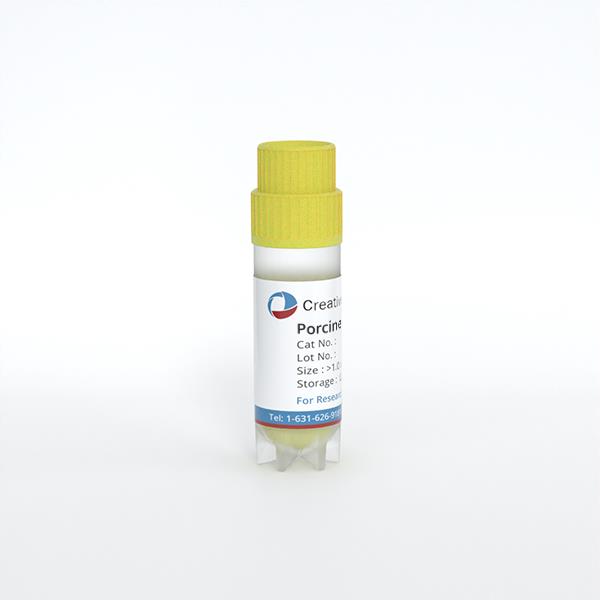ONLINE INQUIRY

Porcine Artery Endothelial Cells
Cat.No.: CSC-C4205X
Species: Pig
Source: Artery
Cell Type: Endothelial Cell
- Specification
- Q & A
- Customer Review
Porcine Artery Endothelial Cells can be used in assays of cell to cell adhesion, migration, vascular tube formation, or transendothelial resistance (TER). Standard biochemical procedures performed with endothelial cell cultures include RT-PCR, Western blotting, immunoprecipitation, immunofluorescent staining or immunofluorescent flow cytometry or generating cell derivatives for desired research applications.
Never can primary cells be kept at -20 °C.
When the medium is stored in a 4°C refrigerator, the CO2 in the medium will gradually escape, causing the medium to become more alkaline, and the color of the acid-base indicator (usually phenol red) in the medium will become more dark red as the alkalinity increases. The result of alkaline medium will cause cell growth stagnation or death. If the medium is alkaline, the pH can be adjusted by introducing sterile filtered CO2.
Ask a Question
Average Rating: 5.0 | 1 Scientist has reviewed this product
Professional sales staff
The sales staff for the products are also very professional and help customers to make choices.
02 Aug 2023
Ease of use
After sales services
Value for money
Write your own review

